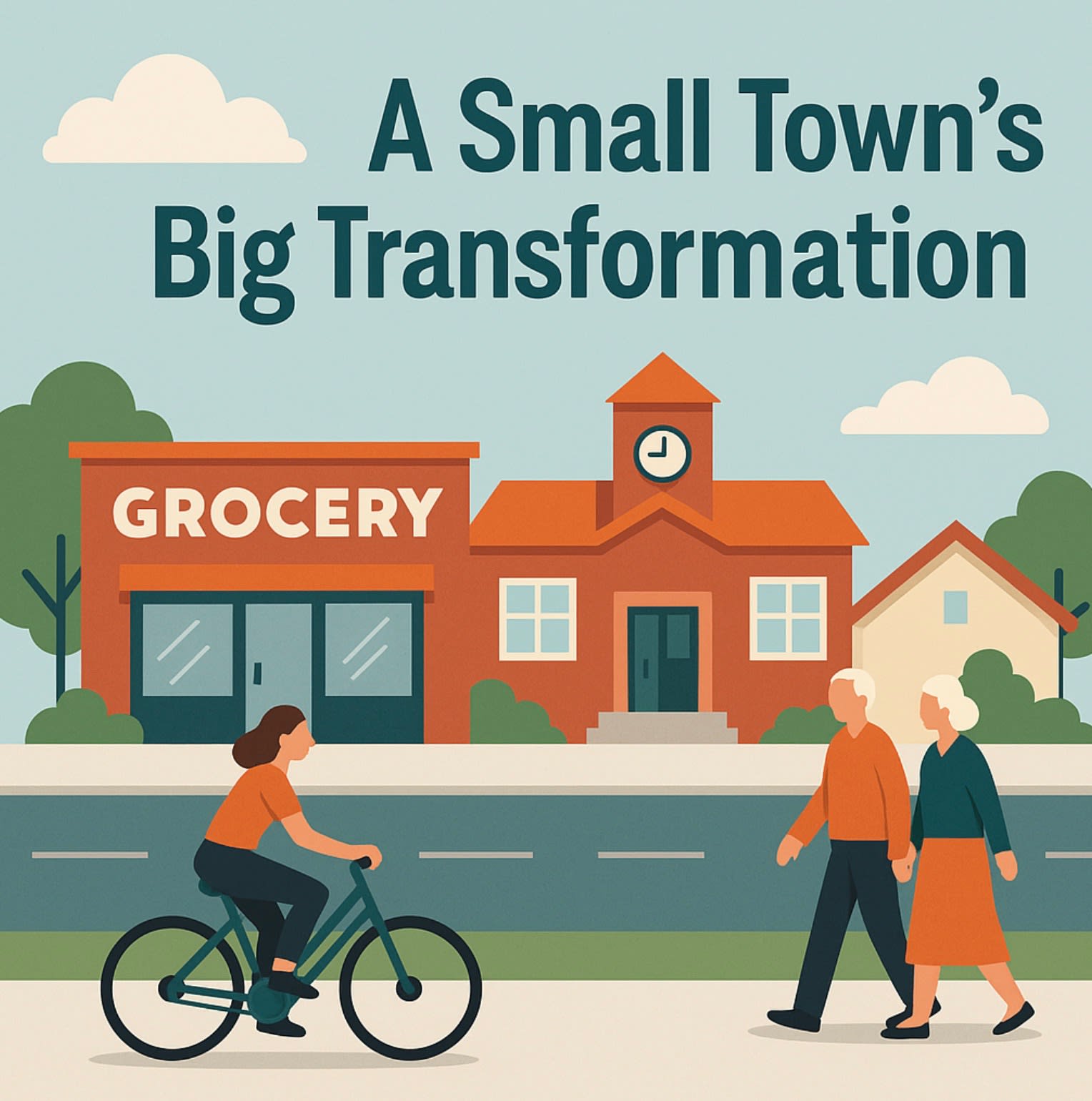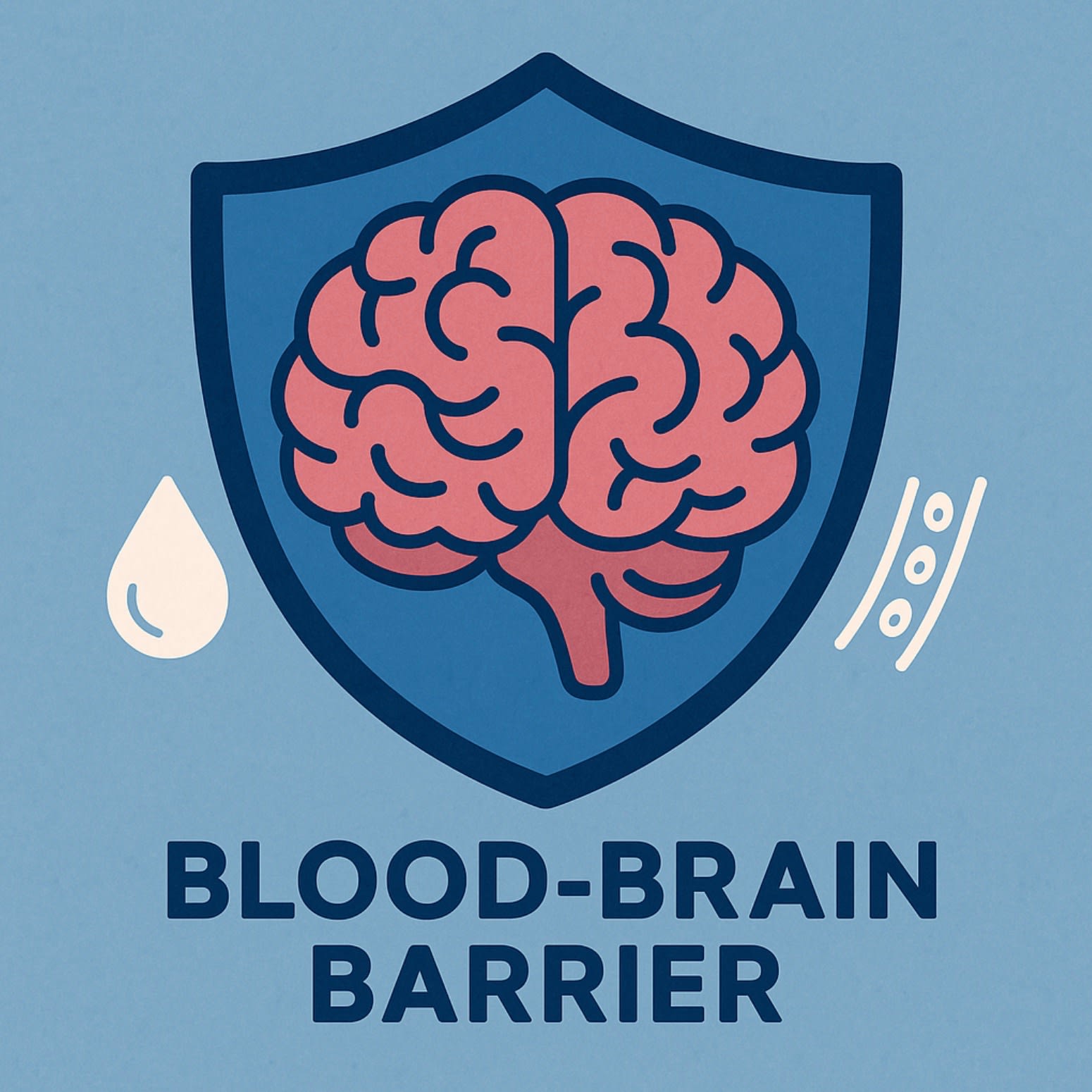The human brain is arguably the most complex and sensitive organ in the body. It controls thoughts, emotions, movement, memory, and our connection to the world. Protecting this vital command center is a natural filtration system known as the Blood-Brain Barrier (BBB)—a biological shield that prevents harmful substances from entering the brain while allowing essential nutrients to pass through. Understanding the blood-brain barrier isn’t just important for neuroscientists—it’s essential knowledge for anyone concerned about health, disease prevention, and the impact of substances on cognitive function.
A Small Town's Big Transformation
A Small Town's Big Transformation
🌆 A Small Town’s Big Transformation
How Albert Lea Became a Blueprint for Community-Driven Health
In a world obsessed with miracle diets, fitness apps, and pharmaceutical breakthroughs, one small town quietly rewrote the rules on wellness—and in the process, transformed lives. Albert Lea, Minnesota, a modest community with an aging population and a rising tide of healthcare costs, made a bold decision: instead of telling people to live healthier, they changed the environment so that health happened naturally.
This is the story of how one town sparked a national movement—without a single new drug, diet fad, or wearable device.
🚶 Redesigning the Way People Move
Sidewalks, Bike Lanes, and Streets Built for Humans
Albert Lea began its transformation with something deceptively simple: walkability. The town added miles of sidewalks, created bike lanes, and redesigned intersections to be more pedestrian-friendly. In effect, they transformed the town from car-centric to people-centric.
Why does this matter? Because when movement is built into your day, physical activity stops being a chore—it becomes a way of life.
Walking groups sprang up. Parents began biking with their children. Older residents, who had once relied on cars for even the shortest errands, found themselves strolling to the post office or grocery store. For many, this wasn’t just about steps or calories—it was about freedom, connection, and reclaiming vitality in their later years.
Activity increased across the board. But more importantly, it became consistent, enjoyable, and part of the culture—not just a resolution.
🛒 Healthy Food That’s Easy to Find
Making the Better Choice the Easier Choice
In many towns, grocery stores are filled with ultra-processed food displayed prominently at eye level, while healthier items are relegated to the margins. Restaurants tend to prioritize taste over nutrition. Albert Lea flipped that script.
Local grocers collaborated with the initiative to:
* Highlight whole foods like fruits, vegetables, legumes, and lean proteins
* Provide recipe cards with simple, nutritious meal ideas
* Offer taste tests and cooking demonstrations
* Reorganize shelf placement to nudge customers toward healthier purchases
Restaurants joined the effort, too. Menus added plant-forward dishes, water became the default beverage, and portion sizes were re-evaluated. Even small, family-owned establishments embraced the changes.
By removing the friction around healthy eating—complex prep, higher costs, or lack of knowledge—Albert Lea helped its residents shift their diets naturally, with minimal resistance. No calorie-counting apps. No judgment. Just smart choices made easier.
🤝 Strengthening Social Bonds
Walking Groups, Volunteering, and Human Connection
Isolation is a silent killer. Numerous studies have shown that loneliness can be as damaging to your health as smoking 15 cigarettes a day. Albert Lea understood this—and actively addressed it.
They encouraged residents to form walking groups based on neighborhoods, interests, or shared schedules. These weren’t competitive running clubs. They were slow, social strolls through the neighborhood, full of laughter, stories, and belonging.
In addition:
* New volunteer opportunities were launched across the city
* Social clubs sprang up at libraries, parks, churches, and cafes
* Retired residents were recruited to mentor youth and host community events
This wasn’t an add-on—it was central to the wellness effort. Because when people feel seen, valued, and connected, they’re more likely to thrive physically and emotionally.
In just over a year, community engagement rose dramatically. And it wasn’t just good vibes—it was measurable. Depression and anxiety rates declined, participation in civic life grew, and neighbors began looking out for one another in ways that strengthened the fabric of the town.
🏫 Healthy Habits That Start Early
Schools as Catalysts for Lifelong Wellness
Albert Lea’s leaders knew that if they wanted to change the long-term health trajectory of their community, they had to start with the next generation. That meant partnering with schools—not just to serve better food, but to build a whole culture around wellness.
Together with educators, the town implemented:
* Classroom movement breaks every 20–30 minutes
* Upgraded school lunches with more fruits, vegetables, and whole grains
* Educational programs on gardening, cooking, and the importance of sleep
* Encouragement for walking or biking to school with designated safe routes
These changes gave students more than just better food or fitness—they gave them agency. Children began bringing their newfound knowledge home, influencing family meal planning and inspiring parents to join walking groups.
It became a generational shift. One that reinforced the message: health isn’t something you have to fight for—it’s something you can live.
📈 The Results: What 18 Months Can Do
More Years, Less Cost, Greater Joy
Albert Lea’s efforts weren’t just theoretical—they were measurable. In just 18 months, the town experienced results that most health policy experts would consider impossible without major systemic change or investment.
The outcomes were staggering:
* 🕒 Life expectancy increased by 3.1 years on average per resident
* 💸 Year-over-year healthcare costs dropped by 30%
* 👥 Community engagement saw a double-digit boost in volunteerism and civic participation
All without a new pill, policy mandate, or billion-dollar grant. Just smarter design.
It’s worth repeating: No one was told to “try harder.” The town simply made it easier to do what people wanted to do anyway—move more, eat well, connect with others, and live with purpose.
🧩 Why It Worked: A Systems-Based Approach
Health by Design, Not Willpower
Albert Lea’s success didn’t come from any single change. It was the sum of many small shifts—physical, cultural, and environmental—that worked in harmony.
Here’s what made the difference:
* Environmental Nudges: Sidewalks, signage, and store layouts changed default behaviors
* Social Reinforcement: Walking groups, volunteer programs, and community meals made healthy choices fun and shared
* Policy Support: School boards, city councils, and local businesses collaborated instead of competing
* No Guilt, No Shame: Residents weren’t blamed for their health—they were empowered with better options
Most importantly, the program treated wellness not as an individual responsibility, but as a shared community project. That shifted the mindset from “What’s wrong with you?” to “How can we help you thrive?”
This is a lesson that can—and should—be scaled across the country.
🌎 What Albert Lea Teaches the World
Lessons for Every Town, Neighborhood, and Family
Albert Lea may be a small town, but the ripple effects of its transformation are vast. The core insight is universal: change the environment, and people will change their lives—without needing to summon superhuman willpower.
Here’s what you can take away, whether you’re a policymaker, community leader, or concerned neighbor:
* 🛠️ Don’t rely on programs that ask people to try harder. Build systems that make better choices automatic.
* 🌿 Design streets, schools, and stores for well-being, not just profit or convenience.
* 💬 Foster a culture of connection, not competition.
* 🧭 Treat health as a journey you walk together, not a burden to carry alone.
And perhaps most importantly…
Believe that transformation is possible—because it is.
🙌 Final Thoughts from West Egg Wellness
At West Egg Wellness, we talk often about designing a life you don’t need to escape from. Albert Lea shows what that looks like on a community scale.
It’s not just about fitness trackers, meal replacements, or new healthcare apps. It’s about rethinking the very structure of our neighborhoods and daily routines so that health emerges naturally—quietly, powerfully, and sustainably.
Albert Lea didn’t try to fix people. It fixed the system.
And in doing so, it became a model of hope for all of us.
So here’s our question to you:
🏡 What would it look like to redesign your street, your school, your local park—or even just your daily walk—so that health happens without a second thought?
Start small. Start where you are. But start.
Because real wellness doesn’t come from struggle.
It comes from alignment—with your environment, your values, and your community.
Together, we can create towns, cities, and homes where life thrives.
And it all begins—just like in Albert Lea—with a simple, courageous decision to do things differently.
We respect your privacy and will never share your information.
You can unsubscribe at any time with just one click - no hassle, no questions asked.
Tim is a graduate of Iowa State University and has a Mechanical Engineering degree. He spent 40 years in Corporate America before retiring and focusing on other endeavors. He is active with his loving wife and family, volunteering, keeping fit, running the West Egg businesses, and writing blogs and articles for the newspaper.
Leave a Comment 👋
Leave a Comment 👋
Leave a Comment 👋
Leave a Comment 👋

A Small Town's Big Transformation
In a world obsessed with miracle diets, fitness apps, and pharmaceutical breakthroughs, one small town quietly rewrote the rules on wellness—and in the process, transformed lives. Albert Lea, Minnesota, a modest community with an aging population and a rising tide of healthcare costs, made a bold decision: instead of telling people to live healthier, they changed the environment so that health happened naturally. This is the story of how one town sparked a national movement—without a single new drug, diet fad, or wearable device.

Beans: The Unsung Superfood
When you think about powerhouse foods that boost health, beans might not be the first thing that comes to mind. But don’t underestimate them. Beans are one of nature’s most nutrient-dense, affordable, and versatile foods. Whether you want to improve your heart health, manage your weight, or add more plant-based protein to your plate, beans can help you do it all. This article explores the many benefits of incorporating beans into your daily meals, the different varieties available, and easy, delicious ways to make beans a staple in your diet.
